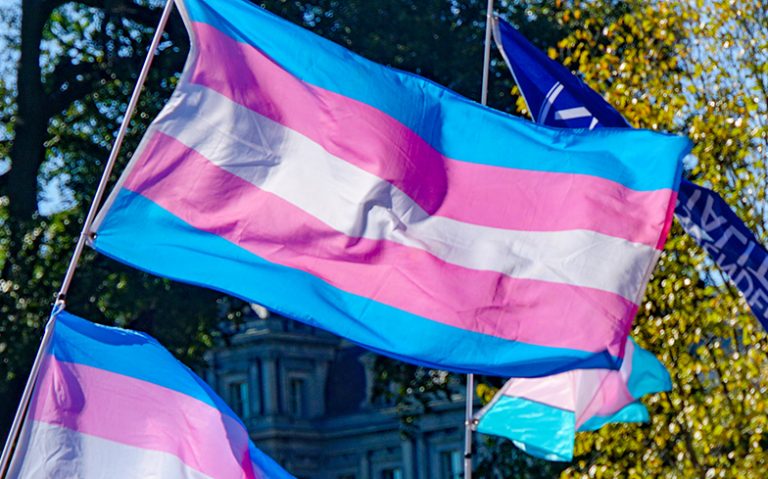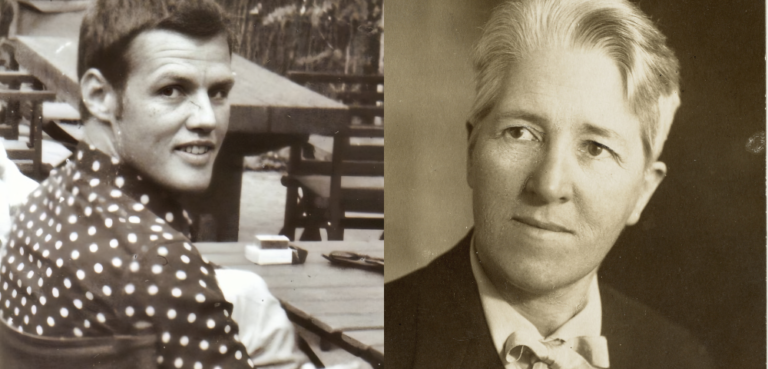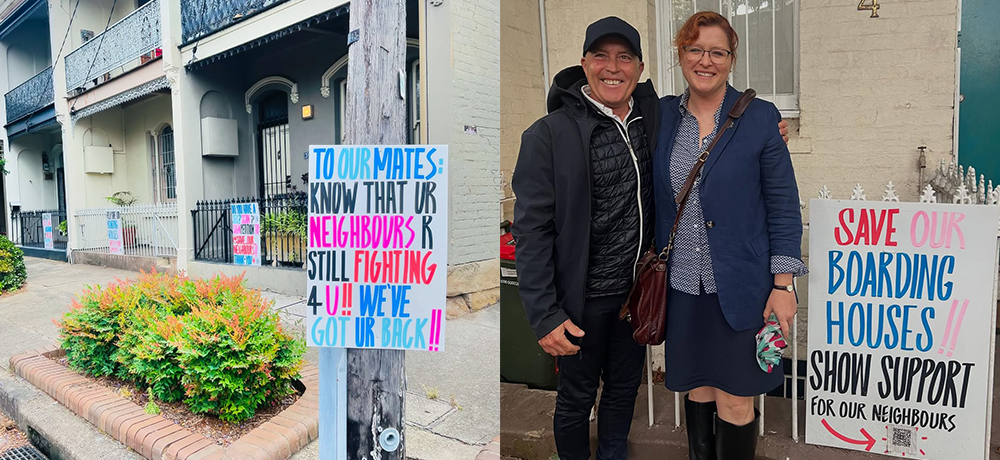

By ROBBIE MASON
A nation-first survey, led by Deakin University, has found that Australian arts organisations are interested in improving diversity in the arts sector but few are taking the action necessary to fulfil these goals. As a result, they’re failing to cater to audiences outside of loyal white, middle/upper class clienteles.
43 per cent of the roughly 1000 arts workers who responded to the survey indicated their organisation has no strategic commitment to audience diversification.
The study divided responses between three categories: leaders, adaptors and avoiders. The majority of the 184 organisations consulted fell into the adaptor category.
Professor Anne Kershaw, one of the study’s lead researchers, said the team from Deakin University and Sheffield University found “overwhelmingly” that Australian arts organisations are “tinkering around the edges of what they usually do, but they’re not committing fully to audience-centric practices”.
“Arts organisations won’t shift the way they go about programming,” Kershaw said. Instead, they are making programming decisions “for reasons of artistic cleverness”.
“That means that, in the stories being told in museums or the programs put together by festivals or the things you see on stage, there’s a lack of diversity,” she continued.
When it came to programming performances and exhibitions, 55 percent fell into the avoider category, defined by resistance to change and the prioritisation of familiar audiences.
Professor Kershaw declared that the nation’s arts sector is not taking strides quickly enough to ensure diversity.
“It’s an age-old problem in arts and cultural organisations,” she told City Hub.
Jinghua Qian, an Australian non-binary writer and cultural critic, who has written extensively on diversity in the arts workforce, also believes Australia’s arts sector has not made adequate progress.
In response to the survey results, they suggest “financial risk” as a major contributor to audience homogeneity.
“Major arts organisations like state theatres, ballets, operas, and galleries are very anxious to maintain their subscriber base and patronage,” they said.
“Donations are an important source of revenue so they are invested in satisfying that audience, which is by definition wealthy, and largely white and older.”
“The class bias is pretty baked into the entire financial operation. And it’s also the raison d’etre for some arts organisations, I think, to provide an elite cultural experience that is a mark of wealth, class and taste.”
There was a wide community response to the survey with a large pool of creative workers participating, pleasing the study’s authors.
“Arts organisations and arts workers themselves see the need for things to be different, for new people to be engaged,” Kershaw said.
According to Kershaw, the desire is there but the “actual work” that will make a difference is still some way off.
Deakin Business School Professor of Arts and Cultural Management Hilary Glow said, “more diverse audiences can bring big benefits for arts organisations including the ability to share new and distinct stories, increase the public value of arts, and improve financial sustainability.”
A report by Diversity Arts Australia, published in 2019, exposed the distinct lack of cultural diversity within leadership positions in Australia’s creative industries. The Shifting the Balance report found that culturally and linguistically-diverse (CALD) Australians were under-represented in every leadership role in every cultural sector, organisational type and jurisdiction. Half of Australia’s major arts organisations have no CALD representation within their leadership.









